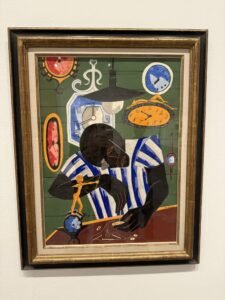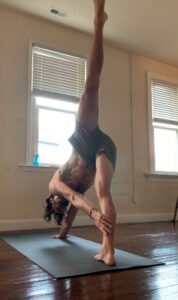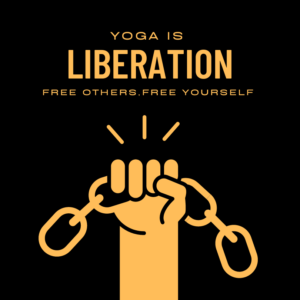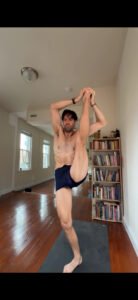Unboxing Autonomy: Evolving Educational Perspectives
Practitioners of Ashtanga will eventually have to take the practice and, ya know, practice it– and somehow make it their own. Not all teachers encourage that last part, and I think they should. I can hear the yoga teachers out there decrying “Not all people who make shapes wish to be practitioners of yoga!” and this isn’t about them. So, hear me out.
Ashtanga yoga is a system of yoga with a practice method that is pretty cut-and-dry. Its straightforward and makes a lot of sense. It’s meant to be learned from a reputable teacher, so that you can practice it on your own, and practice it well. However, as anyone who has tried to identify the reaction point where drawing becomes art, of course we know moving from subjective to objective is tough. So, when does expert guidance switch from encouraging to stiffling?
In our journey through the educational landscape, akin to the Ashtanga yoga path, there are crucial lessons to be learned about fostering autonomy, embracing diverse sources of knowledge, and transforming doubt into curiosity. In my previous article on understanding toxicity in yoga education systems, I noted a variety of warning signs. I promised to offer some solutions. Here we are!
Dependency on Leaders: Authority vs Autonomy
Method of Restriction: The traditional yoga educational model often frames the “guru-shishya” (student-teacher) approach in a manner that fosters a dependency on leaders, stifling students’ independent thought and inquiry.
Method of Expansion: As a teacher, I think we can find a way to turn “my way” into “a way” such that it allows people space to explore. As a student, I was once told to not study yoga with anyone else, not to weightlift, and to give up bicycling! I think those could be pragmatic answers to very real questions, but I wasn’t asking any. Heck, I even encourage strength and conditioning. As a teacher, I’ve found success in celebrating students’ achievements that stem from qualities like tenacity, curiosity, and resilience. For instance, transforming a challenge into a “mystery box” to be solved not only encourages autonomy but also turns the learning process into an exciting adventure. It makes their successes more about them than me, and that’s essential. Recognizing and fostering these innate abilities in students helps them to see learning as a series of puzzles to be unraveled, fueling their independence and self-efficacy.
Discouraging Outside Sources: Learning from Unexpected Places
Method of Restriction: Limiting learning to traditional sources restricts the richness and diversity of the educational experience.
Method of Expansion: My experience teaching contortion classes to pole dancers offers a vivid example of this principle. Their livelihood depended on maintaining wrist health, leading them to develop unique and effective techniques. This experience taught me that valuable knowledge can come from unexpected places. In education, it’s essential to remain open to diverse sources, recognizing that expertise can be found in many different fields and experiences.
Shaming Doubt: Transforming Doubt into Curiosity
Method of Restriction: Doubt and questioning are often viewed negatively within rigid educational structures, seen as a challenge to authority or a sign of disrespect. This attitude suppresses critical thinking and discourages students from seeking a deeper understanding of the subject matter.
Method of Expansion: Acknowledging and embracing doubts as part of the “mystery box” paradigm can transform them into curiosity. As a teacher, I will often note a practitioners disbelief without a precedent (exhibiting a fixed mindset moreso than a tangible disagreement). They’re often surprised to when I ask more questions on the matter, and they’re not sure why they think something won’t work without trying. It’s vital to understand that mindset shifting is an integral part of the learning process. Doubt shouldn’t be eliminated but rather viewed as a stepping stone to deeper understanding. Recognizing the difference between a scientific mindset that seeks proof and a fixed mindset that resists change is crucial. As a teacher, facilitating this shift from skepticism to inquisitive exploration is key to unlocking the full potential of our students.
Conclusion
In redefining the yoga educational experience, it’s not just about moving away from hierarchical structures; it’s about embracing a holistic approach where autonomy, diverse sources of learning, and the transformation of doubt are central. Just as in yoga, where each practitioner’s journey is unique, education should be a path of self-discovery, exploration, and growth, enriched by a variety of experiences and perspectives. By adopting these approaches, we create an environment that nurtures independent thinking, celebrates diverse knowledge, and views doubt not as an obstacle but as a catalyst for learning and growth.







